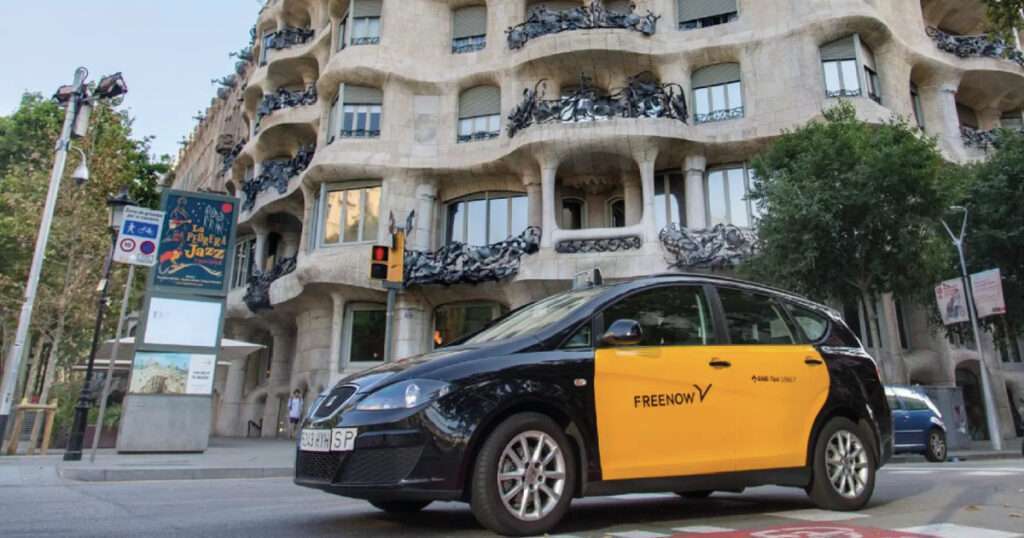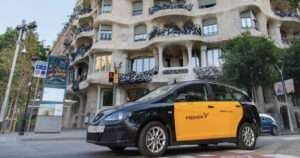In the last few years, many autonomous vehicle projects have been flourishing in cities. Many have already been put into experimentation. Although conclusive, many brakes are slowing down the widespread use of these driverless vehicles. However, autonomous vehicles could respond to many urban and, why not, societal problems. Zoom in on this transportation that may or may not revolutionize public transit.
Making public transportation more enjoyable
In 2016, the very first public transport service using autonomous electric vehicles was in the experimentation phase in the city of Lyon. Since then, in Lyon and other cities around the world, autonomous shuttles have been tested, mostly in pedestrianized areas. But for some time now, shuttles have also been tested in the middle of vehicles: this is the case in the Nantes-Atlantique business park. Between February and May 2019, EDF and Semitan (a semi-public company for public transport in the Nantes area) have set up an autonomous shuttle linking the Technocampus Océan and an inter-company restaurant. This shuttle covered a 2.5km route with a speed limit of 30km/h, although it was mostly at 18km/h. Capable of carrying 8 seated passengers, it also had a supervisor in charge of monitoring the smooth running of the shuttle.
Result of the experiment: the shuttle still needs to be improved. Its low speed created a strong traffic slowdown. As a result, the traffic was less fluid and may have created a traffic build-up.
On the users’ side, it was used only occasionally and changed the users’ travel habits moderately. The main advantages that were perceived are: reliability, silence and the presence of a supervisor on board which gives a feeling of safety. However, for non-users, the shuttle is perceived as too slow compared to the usual modes of transport.
16 experimentations in France
Announced on April 24, 2019, the French government has placed its trust in 16 experiments involving autonomous vehicles, carried out by two business groups: SAM (Safety and Acceptability of Autonomous Driving and Mobility) and ENA (Autonomous Shuttle Experiments), for a total of 42 million euros. The aim is “to have a limited number of projects of sufficient size to create and exploit as much as possible the synergies between use cases in order to pool knowledge”. These 16 experiments will notably enable the different technologies to be tested in different environments and to make their use commonplace among citizens.
For the moment, as reported by the VEDECOM/MACIF barometer, 42% of the French intend to try an autonomous shuttle in the coming years. Nevertheless, only 8% of rural residents and 16% of urban residents have already seen autonomous shuttles. The deployment of autonomous shuttles must therefore be considerably increased in order to cover the entire territory. Especially since 70% of the French have a positive attitude towards this mode of transportation. It therefore represents a real opportunity for mobility stakeholders.
Genuine transport of tomorrow?
The autonomous vehicle being relatively recent, many tests will still be carried out in the coming years. Moreover, the legislation must change because nowadays, the autonomous car is insured because it has a supervisor. But the goal being to abolish this supervisor and to increase the speed of these vehicles (because judged too slow), who will pay in case of a fatal accident? This is a question that needs to be addressed quickly over the next few years. Nevertheless, autonomous shuttles promise to be a good complement to public transportation. With the aim at reducing the use of private cars, autonomous vehicles can be adapted to several types of areas to be covered.

City centers
As cities increasingly wish to reduce car use within their centers, these autonomous shuttles could replace some public transit trips. Since it is difficult to set up new light rail or metro lines, autonomous shuttles could meet the needs of city dwellers in terms of serving certain areas. In addition, it could ensure the delivery of certain products to limit the need for delivery trucks in downtown areas. However, since shuttles do not have a huge passenger capacity, it would be important to review their size or to offer regular services.
Serving off-center areas
Autonomous shuttles could also be used as a relay transport, connecting a point A, where little public transport is present, to a point B, with full transport services. Alternatively, on-demand autonomous shuttles could be used in some residential areas close to cities that do not have adequate transit service.
Rural areas
One of the biggest problems in rural areas is the lack of public transit. It is difficult to get around without using a car. Autonomous shuttles could therefore respond to this problem. The first autonomous vehicle in rural areas has also been tested in the Drôme region. However, many questions arise: how will the shuttle adapt to the rural environment, with few pedestrians but a lot of agricultural machinery? How will it cover long distances if it can only travel at a maximum speed of 30km/h? We will only be able to answer these questions in a few years. In the meantime, these autonomous shuttles will be able, why not, to deliver groceries or medicines, to avoid the use of the vehicle which can be painful for the elderly for example.
Internal desserts
It is conceivable that autonomous shuttles will also evolve in large industrial, hospital, university, airport, port or tourist areas. With an environment with few obstacles, especially since there is no public traffic, it is very simple to set up autonomous shuttles linking a point A to a point B within the zone. It therefore remains to be seen whether the development of shuttles will succeed in convincing users, who are still reluctant to use autonomous vehicles, and whether these vehicles will really be able to change our habits.





